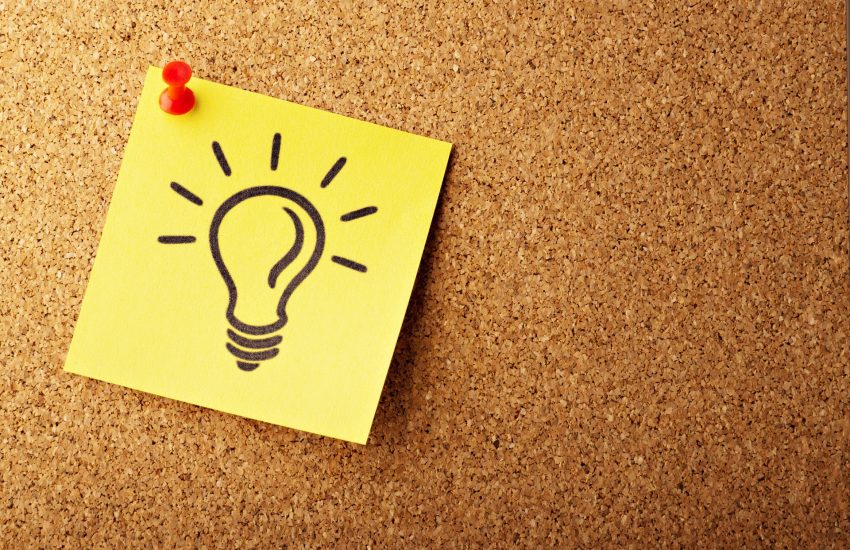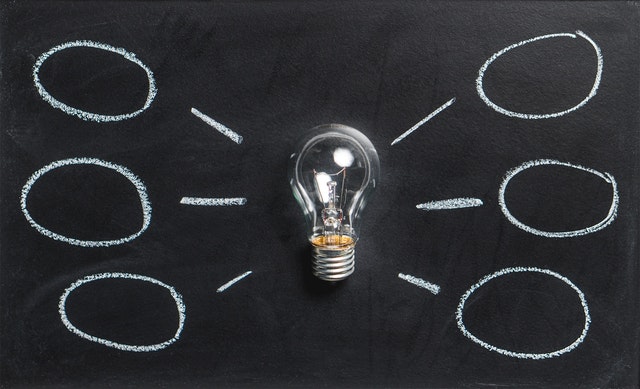Product Life Cycle
The product life cycle is a set of collective stages that a product goes through from when it is first introduced into the market until it declines or is removed from the market.
There are 4 stages associated with Product Life Cycle
- Introduction
- Growth
- Maturity
- Decline
These 4 stages address the product’s development to its decline in value and eventual retirement from the market. Each stage consists of different characteristics.
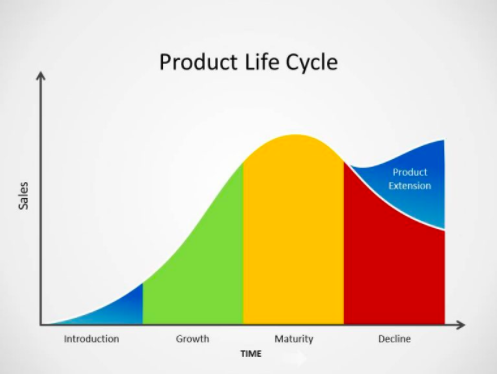
Let’s try to understand what happens in each stage.
- Introduction
In this stage product is first introduced to the market.
- Costs are very high – Companies spend a high volume of money on research and development, marketing, branding, consumer testing and promoting the product. Companies try to get the product to the hands of the customers.
- There will be little or no competition for the product.
- There will not be any revenue generation – Companies will typically lose money at this stage.
- Funding for this stage is mainly through investors or lenders
- Intellectual property rights protection such as patents and trademarks are obtained
- Product pricing may be high to recover product development costs or sometimes companies offer the product at discount – penetration pricing to tempt customers to try the product
- Companies target early adopters and influential market leaders to create awareness
- The main goal at this stage is to build demand for the product and make the product popular among customers
2. Growth
At this stage the product has been accepted by the market.

- Sales have started to increase- Customers have accepted the product and have started purchasing it. The product has gained popularity in the market
- The product might have started earning profits – Companies can start to benefit from economies of scale in production. The profit margins and overall profits will increase
- Funding for this stage is still through lenders, or through increasing sales revenue
- Companies invest more money in promotional activity to maximize the potential of this growth stage. Promotions are aimed at a broader audience
- Companies start to improve the product – Product quality will be maintained. Feature and functionality enhancements are added. Support teams are formulated
- There will be a few competitors in the market
- Distribution channels are added. There will be new, faster ways of getting the product onto the shelves.
- The main goal at this stage is to increase the sales volume and gain more customers
3. Maturity
The product is well established at this stage.
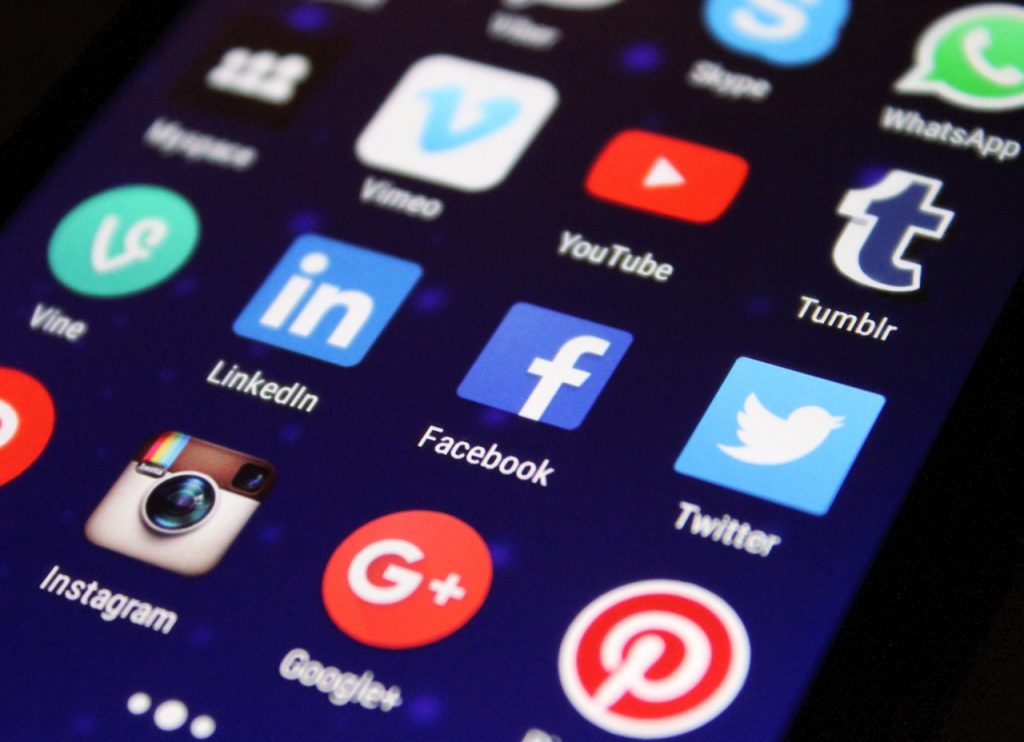
- Sales tend to slow or even stop – This indicates a largely saturated market. Sales can even start to drop!
- Profitability begins to decline
- Production costs decline due to high efficiency in the manufacturing processes
- No funding needed to the product
- High competition in the market – Competitors enter the market with similar products. Product price will be dropped due to higher competition or low demand
- Product marketing is mainly targeted at fending off competition and product differentiation
- Companies are more focused on being innovative to maintain or increase the market share – Product brand differentiation and feature diversification to meet with new demographics, market segments or developing technologies. This will gain competitive advantage for the product
- Distribution becomes more intensive – Product is available everywhere
- The main goal at this stage is to maintain the market share of the product
4. Decline
The market for a product will start to shrink and this is known as the decline stage
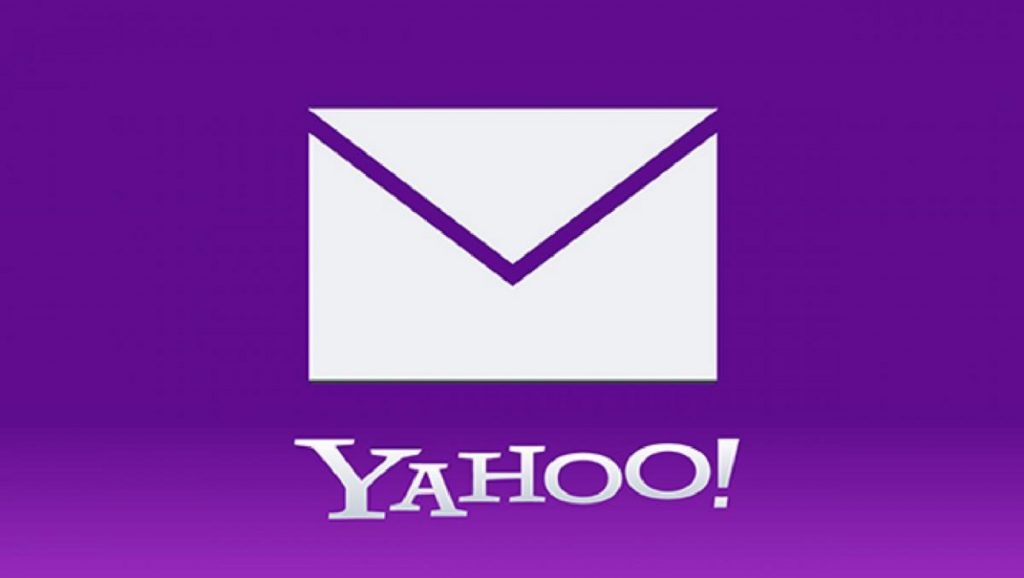
- Product sales drop significantly – Competition causes sales to deteriorate
- There is less demand for the product – This shrinkage is due to the market becoming saturated or changing customer needs
- Product prices are dropped
- The product loses the market share
- Minimal or no marketing for the product – Marketing is targeted at already loyal customers
- Product is discontinued unless it is able to redesign itself to remain relevant or in-demand

